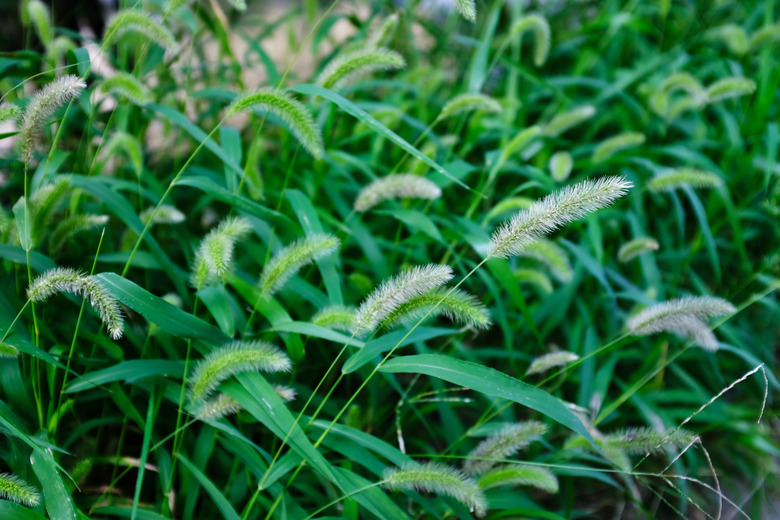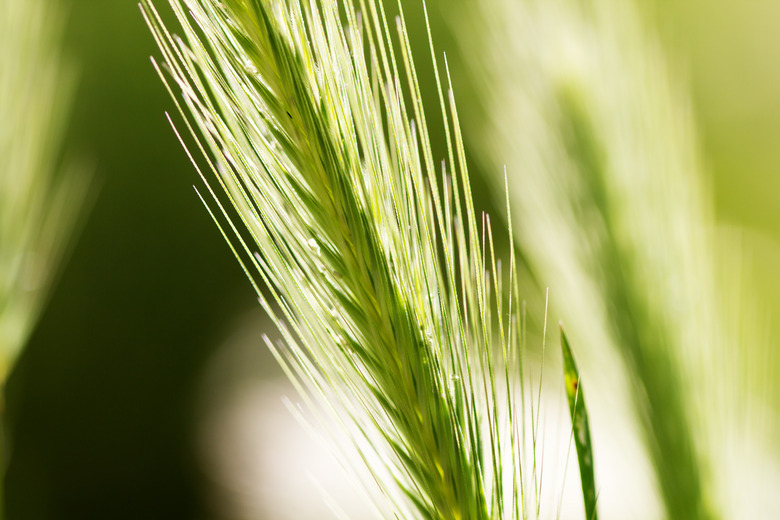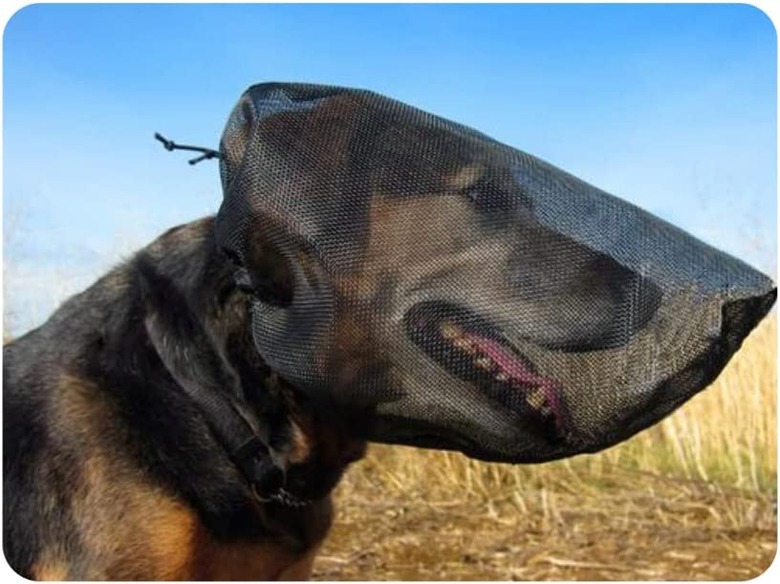What Are Foxtails And Why Are They Dangerous To Dogs?
We may receive a commission on purchases made from links.
To the untrained eye, foxtails might just look like tall grass. However, these plants can be very dangerous to dogs. Foxtails are commonly found across the Western United States, though they can also be found in other areas of the country.
Foxtails are one of the plants that can be extremely dangerous for dogs, and unfortunately, they are very common in rural and urban areas. Foxtails are most common in the spring, summer and fall. They look green, like grass, in the spring. As they dry, foxtails become yellow and their brush-like ends become very sharp.
The dangers of foxtails to dogs
The dangers of foxtails to dogs
Foxtails are dangerous because the barbs of the foxtail are incredibly sharp. If they get caught in your dog's fur or other parts of their body, foxtails don't naturally break down in the body. They are so dangerous because the foxtail barbs can continue to work their way into your dog's body — causing pain and serious injuries. If you spot a foxtail on any part of your dog, they must be removed immediately.
The areas of your dog's body that are especially vulnerable to foxtails are their feet, ears, eyes, and nose though foxtails can work into any part of your dog's body. The San Francisco SPCA advises states that the most common injury from foxtails occurs when the plant works its way into a dog's toes, is inhaled through their nose, or gets lodged in their ears.
Foxtail symptoms to watch for
Foxtail symptoms to watch for
Symptoms to watch for with foxtails include any area of irritated skin and swelling, which can occur when the foxtail works its way under the skin. If your dog is limping, licking their paws obsessively, or seems uncomfortable, this is also an indication they may have come in contact with foxtails. Dogs who inhale foxtails may also sneeze or paw at their nose.
Other symptoms to watch out for include: head tilting, ear scratching, or shaking of the head. which can indicate that a dog has gotten a foxtail in their ear. A dog pawing at their eye and squinting are symptoms of eye irritations — and your dog might have a foxtail in their eye.
What should I do if I find foxtails on my dog?
What should I do if I find foxtails on my dog?
If you see foxtails in your dog's fur, they should be removed immediately. Unfortunately, foxtails can quickly embed into your dog's skin. If a foxtail is on your dog's skin, it may be able to be removed with tweezers. However, if any part of the foxtail is left in your dog, an abscess could form.
If foxtails have begun embedding into the skin, it's best to have a veterinarian remove them. If left untreated, foxtails can not only cause a serious abscess, but they can even perforate a dog's organs as the barbs work their way through the body. If left untreated (in a worst-case scenario) foxtails can even be fatal.
How to avoid foxtails with your dog
How to avoid foxtails with your dog
If you live in an area where foxtails are prevalent, it's almost impossible to avoid coming into contact with them. Even if you stick to walking on sidewalks, you may still see foxtails. The best way to prevent serious foxtail injuries is prevention.
Limit your dog's off-leash activity as much as possible. Consider using a long line instead of letting your dog off-leash.
Don't permit your dog to run, sniff or explore in tall grasses, as they may contain foxtails you can't see.
If you see foxtails while on a walk, call your dog and reward them for staying near you until you pass the foxtails. If your dog knows a cue like "leave it" or "touch" (touching their nose to your hand), this is a great time to use those cues. (If they don't know these cues, this is a great time to find a qualified dog trainer to learn them! Behaviors like these, plus learning a reliable recall, can be life-saving for your dog.)
Make sure you never punish your dog for going near foxtails (or for anything else.) Instead, use high-value treats and a high, excited voice to make them excited about coming in your direction.
Keep a close eye on your own yard as well to make sure you don't have any foxtails growing. If you do find foxtails, pull them or mow the lawn frequently to make sure the sharp barbs do not make an appearance in your yard.
You can also purchase foxtail hoods or field masks for dogs. These are mesh hoods that can be worn over your dog's entire head. The hoods prevent foxtails from getting into your dog's eyes, nose, and ears. However, mesh hoods do not protect your dog's feet or other areas of their body from foxtails.
Do daily body checks during foxtail season
Do daily body checks during foxtail season
During foxtail season, it's important to check your dog's body thoroughly after each walk or outdoor play. When checking your dog try to look at all areas of their body — including around and inside their ears. Pay special attention to checking and cleaning your dog's paws, and in between their toes where foxtails can easily get stuck and begin to embed.
If you have a heavy-coated dog, foxtails can become stuck in their fur and then work their way into the skin. Go through your dog's entire coat carefully and by hand and/or with a small comb to search for any foxtail barbs. Make foxtail checks a daily routine during the season.
Get support from your vet
Get support from your vet
If you think your dog has come into contact with foxtails, or you find any part of a foxtail embedded in your dog, get support from a veterinarian right away. If your regular veterinary clinic isn't open, connect with a telehealth veterinarian for a virtual assessment, or call a local emergency clinic. They will be able to advise you if your dog needs to be seen immediately or if you can wait for your vet's regular office hours.
The bottom line
The bottom line
Foxtails might look like any other grass, but they are very dangerous for dogs. Foxtails are common during the spring, summer and fall, and grow in both urban and rural areas. Foxtails contain sharp barbs that can easily become embedded into your dog's body. If left untreated, embedded foxtails can become a serious medical emergency. Always inspect your dog after a walk to make sure they don't have any foxtails in their feet, ears, or fur, and keep your veterinarian's information handy at all times.






